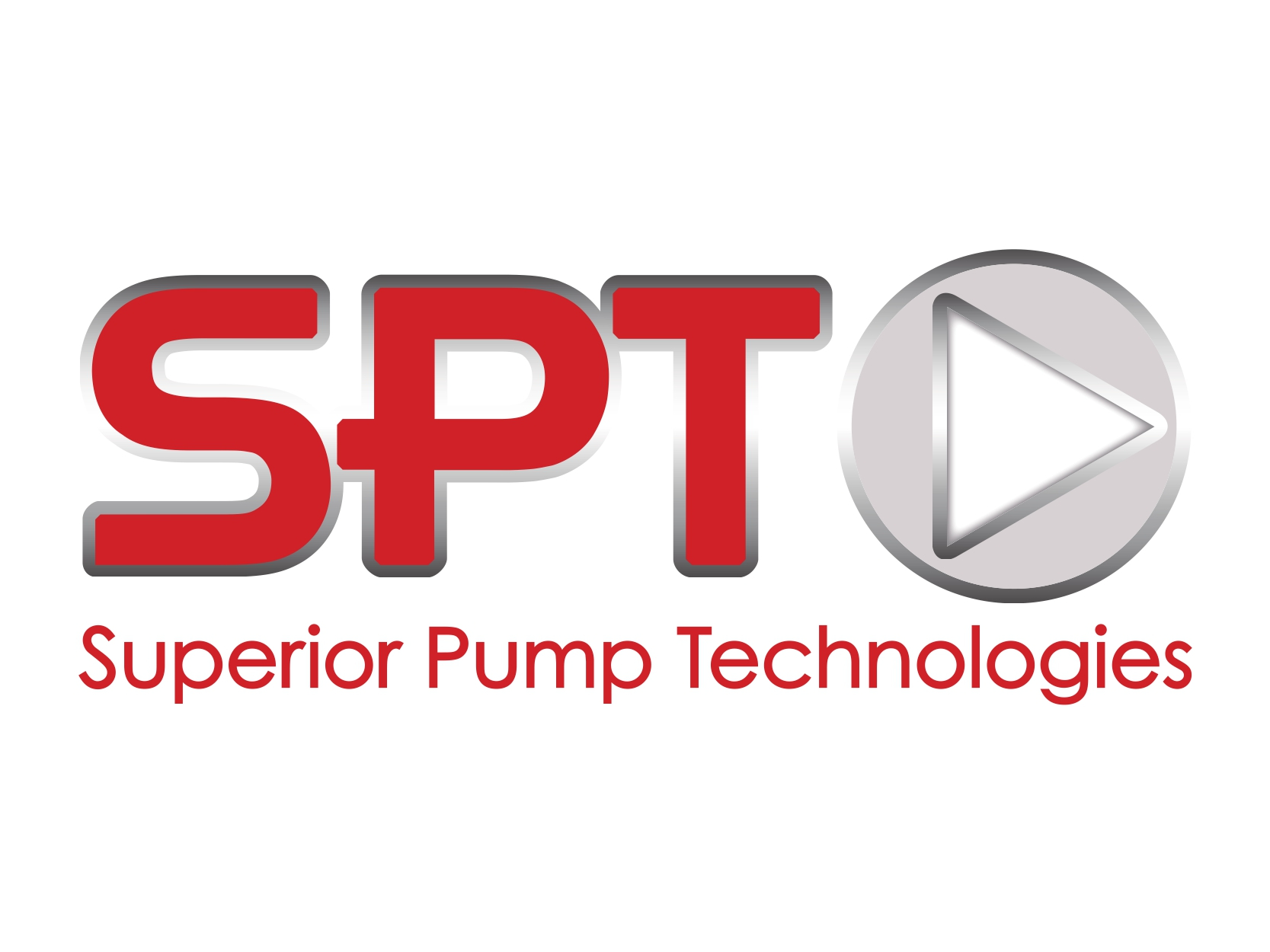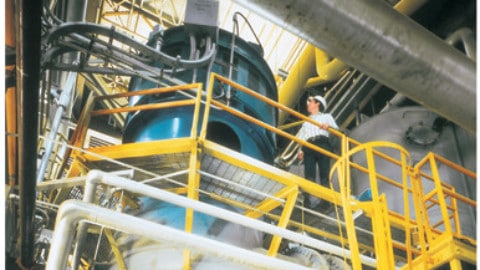Control valves play an important role in regulating the flow, pressure, temperature or other variables – such as density, concentration, level, etc. – of the fluid (gas, steam, water or chemical) to compensate for load disturbances and to maintain the process variable as close as possible to the desired set point. There are a number of different types of valve, with the selected valve dependent on the size of the pipe, the overall pressure that the system operates at, the flowing media, and process conditions among others. Here, we explore the different types of valves, their advantages and disadvantages, and considerations for sizing.
Control valves manipulate the flow of the fluid by changing their openings and the energy needed for the flow to pass through them.
When a control valve closes, there is an increase in the differential pressure required for the fluid to pass the same flow, and the flow is reduced. Control valves can broadly be classified as on-off or flow regulating based on their function, and are made up of several components:
- A valve body (including bonnet assembly and trim parts) that is designed to withstand both fluid static pressure and differential pressure, allow fluid flow, provide pipe- connecting ends, and support seating surfaces and valve closure member
- An actuator (which can be pneumatic, hydraulic or electrically powered) provides the force to open and close the valve
- A positioner to monitor and control true actuator movement to maintain the desired set point
- Accessories including electro-pneumatic transducers, pressure regulators, hand wheels, position indicators and limit switches
Types of control valves
There are a variety of control valves to choose from that come with different valve bodies in various styles, materials, connection and sizes. Selection is dependent on factors such as service conditions, the task and load characteristics of the applications, and balancing the cost of the valve and the cost benefits associated with tighter control. Here are some of the most commonly used control valves.
Butterfly valves
Butterfly valves are a quarter-turn rotational motion valve. A disc mounted on a rotating shaft is used to control the flow, with the valve fully closed when the disc completely blocks the line, and when the valve is fully open, the disc is at a right angle to the flow of the fluid.
These are considered high recovery valves, since only the disc obstructs the valve flow path, and they have a medium pressure drop and relatively high flow capacity.
They can be used across a range of applications, performing well in large volume water. They are commonly found in cooling water, air, gases, fire protection etc; vacuum; high pressure and high temperature water and steam services; compressed air or gas applications.
They are typically lower cost and are more compact than other valves, are offered in various trims and come in large diameters. While butterfly valves provide good control, other valves have more precise control, and they are prone to cavitation at lower flows, not generally rated as bubble tight, and are not suited for slurries.
Globe valves
Globe valves are a linear motion control valve named after their spherical shape, and feature a body with two separate halves that has an opening which forms a seat. A disc will move perpendicularly away from the seat to open the valve. They can be arranged so the disc closes against or in the same direction as the fluid flow depending on application requirements.
They provide very precise control, frequent and wide throttling operation and low leakage. However, they have a high pressure drop – over ten times the pressure drop of a gate valve at 100 per cent open – have limited shut off capabilities, have relatively low coefficient of flow, and are low recovery.
They are suitable for most liquids, vapors, gases, corrosive substances, and are typically used in applications such as cooling water systems; fuel oil systems; high point vents and low point drains; feedwater, chemical feed, condenser air extraction and extraction drain systems; boiler, main steam and heater vents and drains; turbine seals and drains; and turbine lube systems.
Globe valves provide very precise control and are available with a variety of flow characteristics, however they tend to be more expensive than other types of control valve.
Ball valves
Ball valves are a quarter-turn valve that uses a hollow, perforated, pivoting ball to control the flow of the fluid. When the ball is in line with the flow, the valve is open, and when it pivots 90 degrees by the valve’s handle, the valve is closed. The handle provides a visual indication of the valve’s status as it will lie flat in alignment with the flow when it is open, and perpendicular when closed.
They are quick opening and give a tight shut off. There are two main styles of ball valve: full and segmented. Full ball valves are generally used for on-off service, but can also be used for modulating service, which a segmented ball valve is typically used to control the flow of slurries as they have high flow capacity and wide rangeability.
They are considered high recovery valves as they have the lowest pressure drop when 100 per cent open, relatively high flow capacity and a lower torque. They are priced between a butterfly and globe valves. These valves are used for flow and pressure control, and shut off for applications, and are good for high temperature fluids and chemical applications.
They are commonly found in the oil and gas industry, but are also used in the manufacturing, chemical storage and residential industries. They are not suited to be used to throttle flow as any abrasive wear will cause leakage when the valve is closed.
Gate valves
Gate valves use a linear type of stem motion to shut off or isolate the flow of fluid by inserting a rectangular gate or wedge into the path of the flowing fluid to provide tight sealing. They are quick opening and have very little fluid restriction when fully opened with lower pressure drop.
They are low cost and suitable for oil, gas, air, heavy liquids, steam, non-corrosive gases, and abrasive and corrosive liquids. As they provide unobstructed flow paths, they can also be used in applications such as mining where slurries, large objects, rock and other items may need to pass through.
However, they provide poor control, cavitate at low pressure drops, cannot be used for throttling, and have a relatively low pressure limitation.

Sizing the valve
When choosing a valve, it is important not to select one that is too big or too small. An oversized valve will not provide the desired control and can cause the system to hunt or cycle. Furthermore, when operated at ten per cent of its flow coefficient over an extended period of time, the seat and closure member may be damaged.
On the other hand, if an undersized valve is used, the desired flow rate will not be achieved even when it is fully open. When a higher pressure is applied to move a higher flow rate across an undersized valve, pump energy use will be unnecessarily high, and the valve can also cavitate and develop flashing.
As a general rule of thumb, a valve should be sized so that it will operate somewhere between 60 and 80 per cent open at the maximum required flow rate, and no less than 20 per cent open at the minimum required flow rate. This allows as much use as possible of the valve’s control range, while maintaining a reasonable safety factor.
They also do not need to be the same size as the pipe to be the correct size – globe valves are typically one size smaller than the line size, while a butterfly or ball valve is typically two sizes smaller. In order to select the right sized valve, a combination of theory and data can be used, with typical parameters including:
• Flow medium – the fluid characteristics flowing through the valve will impact on which valve is suited for the application e.g. high viscous or gummy fluids create a high pressure drop so ball valves, butterfly valves or diaphragm valves will be the most ideal
• Service requirements – does the application require a flow regulation or on-off type of valve or a combination of both? How much leakage can be tolerated? For example, gate valves provide a tight shut off but are not suited for flow regulation
• Pressure-temperature rating – the maximum pressure and temperature that the valve needs to operate at will determine the rating of the valve body, trim and seating, and the material of construction
• Material of construction – general service valves are usually manufactured with carbon steel, stainless steel or chrome- moly to match the pipe material, however, special service valves are available with the material of manufacture guided by the fluid type, service temperature, etc. Another factor that will determine material of construction is whether the valve stays closed or open most of the time as materials have different corrosion characteristics in stagnant and flowing conditions, e.g. monel is suited to brine applications in flowing conditions, but is not a good choice in the same application where there are stagnant conditions
• Valve action – the safest condition (fully open or fully closed) in the event of a process failure for each valve needs to be considered, as the combination of actuator and valve body will need to achieve that position in the case where power is lost
• Valve size or valve coefficient – the required flow and pressure drop for the valve is based on the process operations and equipment
• Precision control – some applications require a high level of control, and in such cases the valve will ideally have low friction, no backlash and a stable flow pattern
• Leakage or tight shut off – when a valve has tight shut off, there is virtually no flow or leakage in the closed position. In general, only single-seated valves have tight shut off, with double-seated valves expected to have a leakage of 2-5 percent at closed. When sizing and selecting a control valve, it is important to consult a qualified valve engineer to properly analyse the application to ensure the selected valve will be the best suited.




















